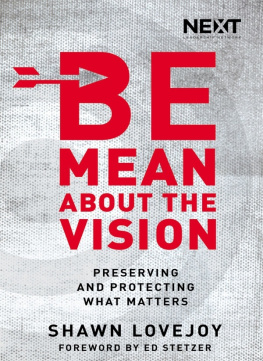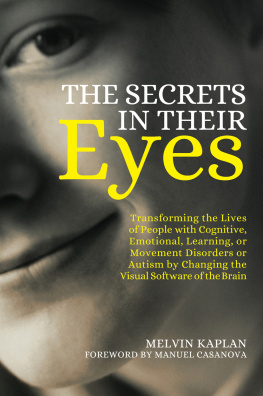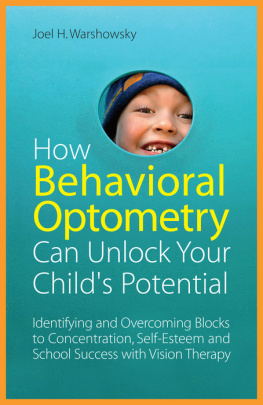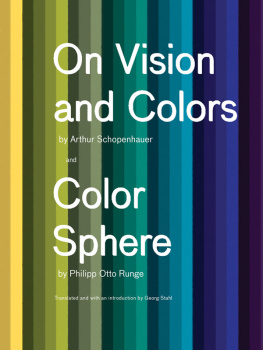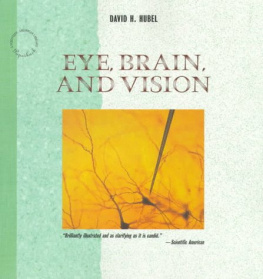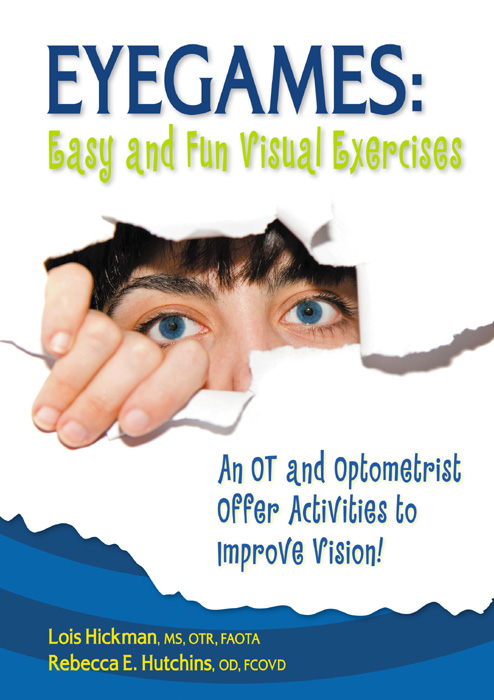Eyegames
Easy and Fun Visual Exercises
An Occupational Therapist and Optometrist
Offer Activities to Improve Vision!
Lois Hickman, MS, OTR, FAOTA
Rebecca E. Hutchins, OD, FCOVD
All marketing and publishing rights guaranteed to and reserved by Sensory World, 721 W Abram St, Arlington, TX 76013.
Sensory World
info@sensoryworld.com
www.sensoryworld.com
(800) 489-0727
(817) 277-0727
(817) 277-2270 (fax)
1st edition 2000 Belle Curve Records, Inc
2nd edition 2002 Sensory Resources, LLC
3rd edition 2010 Sensory World
All rights reserved. This book, or parts thereof, may not be reproduced in any form without permission of the publisher, except for brief excerpts incorporated in reviews.
Printed in the USA
It is the responsibility of the user of these materials to ensure that all activities are conducted with appropriate supervision. Exercise due care in selecting activities for a particular individual, especially with respect to safety, developmental level, and age appropriateness. We recommend that you consult with qualified health professionals regarding interventions.
Cover design: Composure Graphics
Illustrator: Lynda Farrington Wilson
ISBN-13: 978-1-935567-17-2
Ebook ISBN: 978-1-935274-45-2
Table of Contents
Introduction
The development of healthy visual perception requires two basic elements:
The presence of light (with sunlight being the standard)
A strong integration of all of the bodys sensory experiences
Sight, sound, touch, and smell, as well as balance and movement (vestibular sense) and muscle control (proprioceptive sense), all contribute to visual perception. All of these senses were developed on our planet, which is governed by gravity and is perpetually in the presence of sunlight. Experiencing life out-of-doors, in relationship to the natural world, is our heritage, whether we are a child or an adult, a therapist, or a client. Our health and the health of Earth depends upon our honoring and acting on this connection.
Vision therapists and occupational therapists recognize a common ground in their understanding of the visual aspects of sensory integration and sensory processing. These therapies can complement each other, yielding a more comprehensive approach to treatment and education.
Eyegames is the result of the work and collaboration of two renowned therapistsLois Hickman, MS, OTR, FAOTA; and Rebecca Hutchins, OD, FCOVD. This book and the activities contained within are based in therapeutic theory and practice but are also designed to be fun and educational. Both Lois and Rebecca support the well-proven philosophy that learning is much easier when its fun! They each live on small backyard farms with a variety of animals, yet both have worked in the inner city. They have collaborated on a summer camp for developmentally delayed children. They stress that any activity must be open to change in response to the need of the client or the moment. Its important to let go of preconceived ideas and allow your ideas to take flight to fully benefit from these activities. After all, therapy can be seen as a dance between therapist and client. Furthermore, activities done in the natural world, under the sun, may provide the most benefit.
Each of these fieldsoccupational therapy and behavioral optometrycontributes to the philosophies inherent in this book. A clear understanding of the differences between these fields will help you grasp the overlap and strengthen your comprehension of the activities and ideas presented in Eyegames.
Behavioral Optometrists Viewpoint
The behavioral model of vision began with the work of Dr A. M. Skeffington in the 1920s. This quote from Dr Skeffington expresses the core philosophy of behavioral optometry:
Vision cannot be separated from the total individual or from any other sensory systems, as it is integrated in all of human performance. Vision is learned, and therefore, trainable. Many visual problems appear to be triggered by environmental factors. They may be developmental or stress induced. Behavioral optometrists put a major emphasis on the prevention of vision problems as well as enhancing visual related performance which is at a level less than the individuals potential.
Occupational Therapists Viewpoint
From its beginnings in the early 1900s, occupational therapy has exemplified the conviction that purposeful activity (occupation) is a pivotal element in human life. Quoting a 1979 statement from the American Occupational Therapy Association:
Man is an active being whose development is influenced by purposeful activity. Using their capacity for intrinsic motivation, human beings are able to influence their physical and mental health and their social and physical environment through purposeful activity. Human life includes a process of continuous adaptation. Adaptation is a change in function that promotes survival and self-actualization. The field of occupational therapy emphasizes three equally important elements in life: self-care, work, and play.
The activities in Eyegames reflect these philosophies. They are purposeful, applicable to daily life, and playful. May you enjoy and benefit from the wealth of information gathered here!
The information contained in this book was created out of the imagination and creativity of therapists and clients. It is not meant to give every idea possible for exploration in any areait is meant to stimulate creativity and collaboration. It is not meant to be used as a recipe book! It is not intended as medical advice, as a means of diagnosing visual problems, or as a substitute for optometric vision therapy or occupational therapy. Please see the definition of optometric vision therapy (page 21), which explains that it includes the use of lenses, prisms, filters, occlusion, and other equipment and is performed with the direct supervision of an optometrist. Even the home-based activities included here, which fall under the umbrella of occupational therapy, are best done after consulting with an occupational therapist.
The intent of this book is informational and educational. Always consult a healthcare professional should the need for one arise. We strongly recommend regular eye examinations from your eye doctor. We also recommend consultation with your behavioral optometrist or occupational therapist if there are difficulties with vision or with sensory integration.
The Development of Vision
Vision is founded on the basic senses, ontogenetically (the predictable way babies are expected to develop, based on centuries of observation) and phylogenetically (the way human beings have developed as a species over time). Vision began as a life-saving distance receptor for land animals, in the presence of light. It became increasingly complex as the brain became more complex, as it connected with all the various senses and with emotion and memory. It has become finely tuned, evolving into a sophisticated form of perception. The visual areas of the brain are strongly dependent on touch for proper development. When a person encounters stress or trauma, vision can revert to its primitive alerting, life-saving function.
To feel the interconnectedness of vision with the bodily experiences of vibration, movement, pressure, smell, and touch, take the time to slowly imagine the sense of touching:
- Velvet
- Rabbit fur
- A rose petal
- Snow
- A kitten
- Sticky syrup
- A pretzel
- A razor blade


